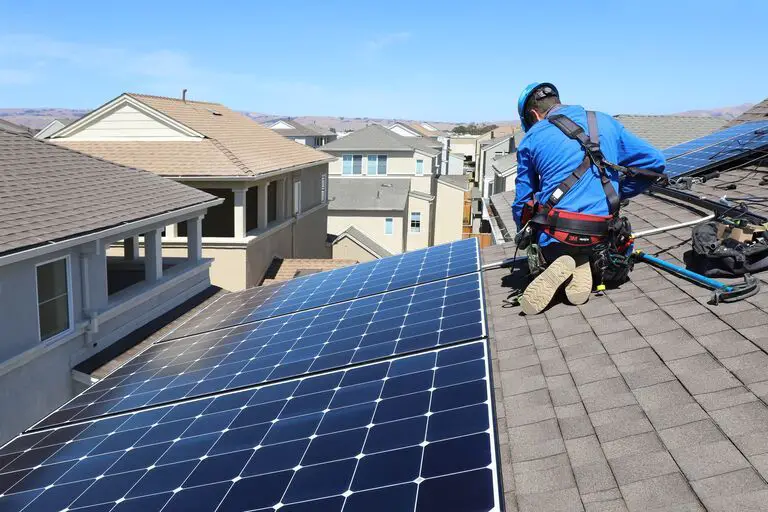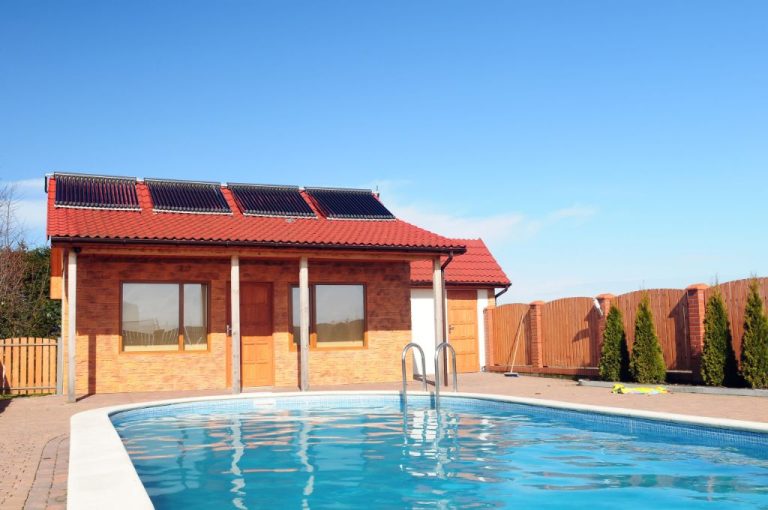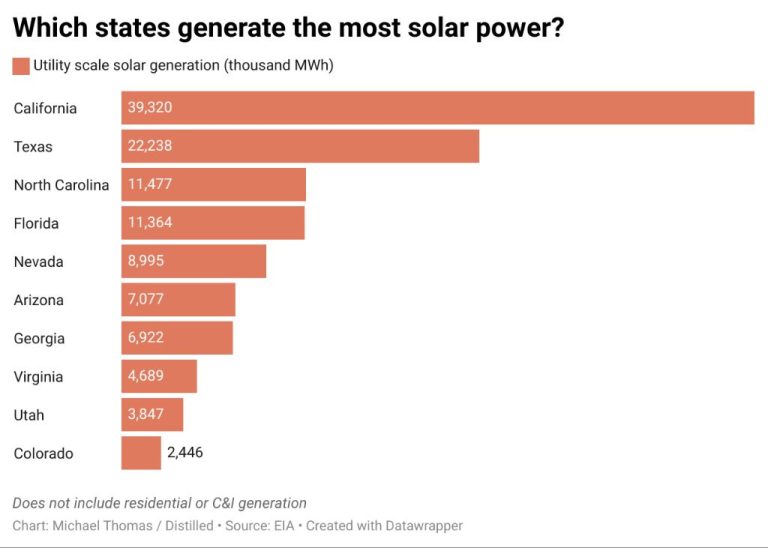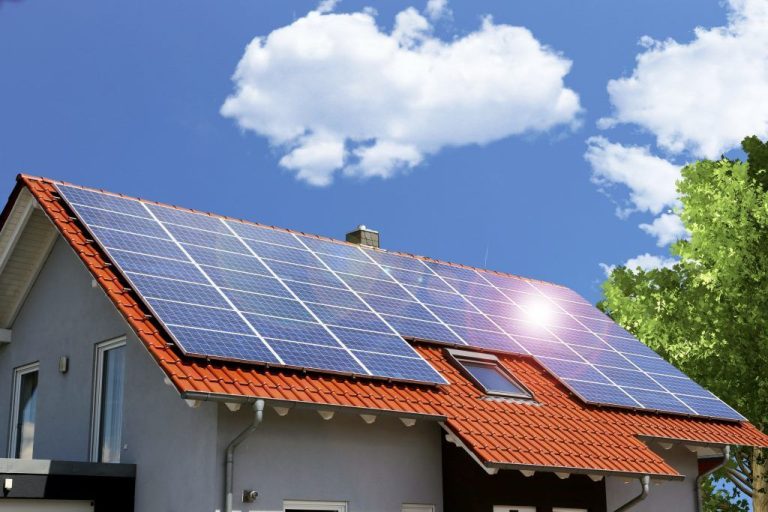Can You Install More Solar Than You Need?

Net metering is a billing mechanism that credits solar panel system owners for the excess electricity their system puts back onto the grid. For example, if a homeowner’s solar panels generate more electricity than the home is using during the day, the extra electricity goes back into the grid and the homeowner receives a credit from their utility company. This credit then offsets electricity used at night or other times when solar isn’t generating enough to meet the home’s demands.
With the growth of residential solar installations, an interesting question has emerged – is it possible and beneficial for homeowners to intentionally install more solar panels than they actually need, with the goal of overproducing and exporting back to the grid? This practice, often called solar overproduction, takes advantage of net metering policies to potentially earn bill credits for excess solar generation. However, there are a variety of factors to consider when determining if oversizing your solar system makes sense.
Solar Panel Efficiency
The average efficiency of solar panels today ranges from 15-22%, depending on the type of panel. Monocrystalline panels are the most efficient, with average efficiencies around 20%, while polycrystalline panels average around 15-18% efficiency. Thin-film panels are the least efficient at around 15% (1).
There are a few factors that impact solar panel efficiency:
- Panel orientation – Solar panels produce the most energy when pointed directly at the sun. Panels facing south (in the northern hemisphere) will be more efficient. East/West facing panels will produce less.
- Tilt angle – An optimal tilt angle matching your latitude will maximize efficiency. Too flat or steep of an angle can reduce efficiency by up to 20%.
- Shading – Even small amounts of shading from trees or buildings can drastically reduce efficiency. Solar panels work best with zero shading.
- Age – Solar panel efficiency decreases slightly each year due to degradation. After 25 years, panels retain around 80% of original efficiency (2).
- Temperature – Solar efficiency decreases as temperature rises. Cooler panels will be more efficient.
Overall, orienting your solar panels to directly face the sun is key to maximizing efficiency and energy production.
(1) https://www.energysage.com/solar/solar-panel-efficiency-cost-over-time/
(2) https://www.ecowatch.com/solar/solar-panel-efficiency-over-time
Calculating Your Energy Usage
To determine how much solar you need, first calculate your household’s overall energy usage. There are several tools available to help estimate your energy consumption:
The Energy Saver tool from the U.S. Department of Energy allows you to input the wattage and estimated hours of use per day for appliances and electronics to calculate your home’s estimated annual electricity consumption and cost (Energy.gov). You can also use generic estimates based on your home size and number of occupants.
SaveOnEnergy’s Electricity Calculator estimates your home’s daily kWh usage based on appliance wattages and usage times. Multiply this by 365 days to determine your annual consumption (SaveOnEnergy.com).
The EnergyBot Usage Calculator also lets you input appliance wattages and usage times to calculate your estimated daily and monthly consumption (EnergyBot.com).
Your energy needs may fluctuate by season, with increased air conditioner usage in summer and more heating use in winter. Track your bills over the course of a full year to account for seasonal variations in your calculations.
Factors That Impact Solar Production
Various climate, weather, and geographic factors can significantly impact the efficiency and performance of solar panels. The most important factor is the amount of solar insolation, or solar radiation, that reaches the panels.
Areas that receive abundant sunshine and clear skies will produce more solar energy. Locations at lower latitudes near the equator generally receive more intense sunlight than higher latitudes farther from the equator. Solar panels are also more productive during long summer days versus short winter days due to the greater number of daylight hours for energy collection.[1]
Local weather patterns also affect productivity. Overcast skies, cloud cover, fog, and pollution block sunlight and reduce solar panel output. Rain, snow, and hail limit solar energy collection. In very hot climates, excessive heat can decrease panel efficiency as well. The orientation and tilt angle of the panels can be optimized for each location’s latitude and climate to maximize overall annual energy production.
Other geographic factors like nearby mountains and buildings may shade the solar array at certain times of day. Trees or vegetation growth around the panels should be properly maintained as shading can drastically cut power output. Overall, solar insolation is driven by the regional and local climate, so solar panel productivity can vary widely based on the installation location.
Oversizing Your Solar System
Installing more solar capacity than you actually need can result in overproduction of electricity, where your system generates more than your home uses. There are some pros and cons to consider when oversizing a solar system:
Pros of oversizing:
- You’ll generate excess energy that can be sold back to the grid through net metering policies. This provides some cost recovery for the larger system (source).
- Future-proofing – an oversized system can accommodate increased energy usage from new appliances or electric vehicles (source).
- Maximizing self-consumption – oversizing can help rely less on grid energy during peak solar production hours (source).
Cons of oversizing:
- Higher upfront costs – oversized systems require purchasing more solar panels and a larger inverter.
- Challenges with grid interconnection and net metering – utilities may limit system size or excess production.
- No financial payback – overproduction does not always yield financial returns.
Careful calculations of current and future energy usage are needed to determine optimal solar system sizing. Oversizing too much can lead to overproduction without added financial incentives. Consult with solar installers to appropriately size your system.
Net Metering Policies
Net metering is a billing mechanism that credits solar energy system owners for the electricity they add to the grid. For example, if a homeowner has a solar panel installation that generates more electricity than the home uses, the extra electricity is fed back into the grid. The homeowner’s utility meter will spin backwards to provide a credit against what electricity is consumed at night or other periods where the home’s electricity use exceeds the system’s output. Essentially, the owner is paid retail price for any excess electricity generated.
However, some states do cap the amount of excess generation eligible for net metering credits. According to Solar Power World, as of 2022, at least 12 states have set caps, limits or are transitioning away from traditional net metering. For instance, California’s net metering program has an overgeneration cap that limits the amount of excess energy exported to the grid that is eligible for full retail bill credits. Once the net metering cap is hit, customers are compensated at a much lower rate.
Financial Incentives
The federal government offers a 26% tax credit through 2032 for installing solar photovoltaic systems under the Inflation Reduction Act passed in 2022 (Homeowner’s Guide to the Federal Tax Credit for Solar). This applies for both residential and commercial solar installations (Federal Solar Tax Credits for Businesses). The tax credit amount is based on total system costs and does not depend on the amount of electricity generated. This means overproducing solar energy does not directly increase the federal tax credit amount. However, some states like California offer additional performance-based incentives for solar generation (How the Solar Tax Credit Works). In these cases, overproducing solar can lead to higher state incentives.
The key benefit of overproducing solar energy is that excess electricity fed back to the grid results in net metering bill credits. These credits can be used to offset electricity purchases at night or winter months when solar production is lower. Even without increasing state/federal incentives, overproduction allows households and businesses to maximize the value of their solar investment through net metering.
Battery Storage Options
Pairing solar panels with battery storage is one way to take advantage of overproduction. Batteries allow you to store any excess solar energy generated during peak daylight hours for later use when the sun isn’t shining. This provides homeowners with backup power and increased energy independence.
There are several residential battery options available today to store solar energy, with lithium-ion being the most common chemistry. Popular options include the Tesla Powerwall, LG Chem RESU, Sonnen ecoLinx, and Generac PWRcell. Battery capacities range from 5-20 kWh with costs typically between $5,000-$15,000 installed. The batteries connect to the home’s electrical panel and solar inverter to seamlessly store and dispatch solar energy when needed.
Key factors to consider when pairing solar with batteries are energy usage needs, future electric vehicle plans, battery warranty length, battery management software, and installed cost. Thoughtfully sizing the solar array and battery bank based on your home’s energy profile can provide maximum benefit and return on investment.
Community Solar and Virtual Net Metering
Community solar and virtual net metering allow homeowners to distribute excess solar energy production to others through credits on their utility bills. With community solar, you can purchase a share of a larger solar array located elsewhere and receive credits on your bill for your portion of the energy produced. Virtual net metering enables solar system owners to allocate bill credits to other customers of the same utility.
For example, under California’s virtual net metering program, a multi-unit property owner can distribute energy credits from their onsite solar system to tenants to offset the tenants’ utility costs. The amount of credits allocated depends on the tenant’s share of the overall solar system. Virtual net metering expands access to solar energy for those who cannot install panels on their own properties.
To further incentivize community solar and virtual net metering, states can implement favorable credit compensation rates, raise system size limits, and streamline the application process. Policies like Rhode Island’s exemption of community solar from net metering caps help drive participation. By encouraging distributed renewable generation, these innovative solar models provide benefits to utilities, customers, and the grid.
Conclusion
So can you install more solar panels than you need? The answer is yes, in most cases it is possible to oversize your solar system and produce excess energy. However, whether it is practical or financially beneficial depends on several factors we’ve discussed.
Net metering policies, financial incentives, and your future energy needs will determine if overproducing solar makes sense for your situation. In some scenarios, oversizing modestly allows room for energy growth and can provide returns through bill savings or net metering credits. In other cases, dramatically overproducing solar may not be cost-effective if you cannot fully utilize the excess energy.
Looking ahead, we may see changes in net metering laws and grid technology that could make overproduction more or less appealing. Community solar programs and virtual net metering are expanding access to renewable energy options. Battery storage technology continues to improve and lower costs as well. The outlook is bright for more customized solar solutions that align energy production with individual needs and optimize the benefits of generating your own solar power.




